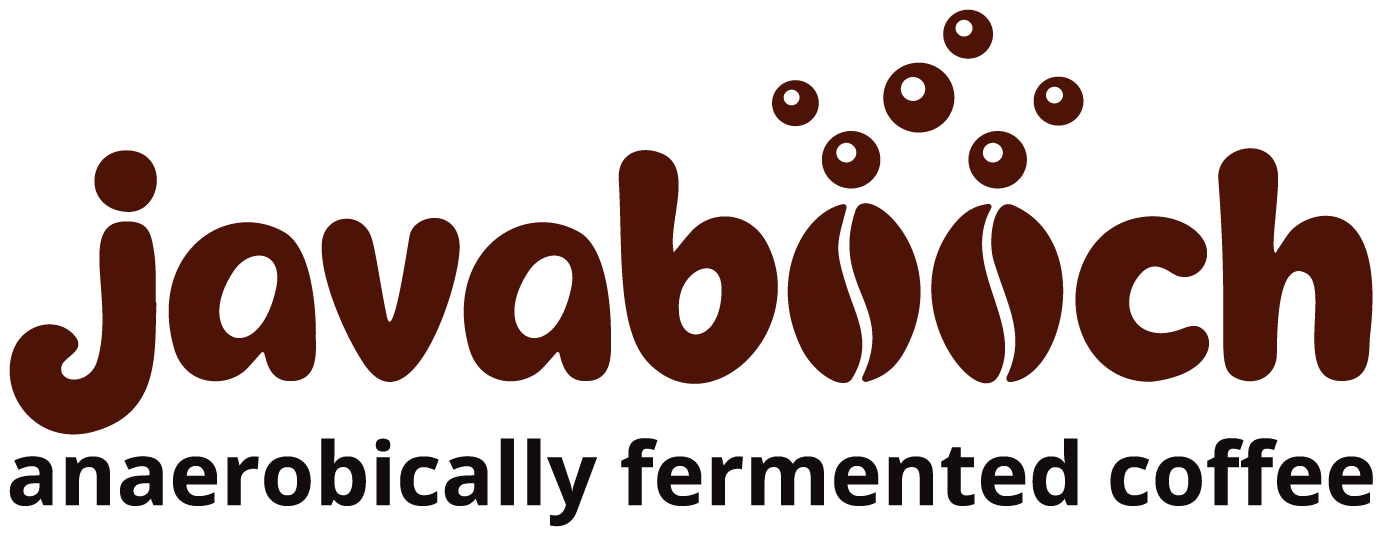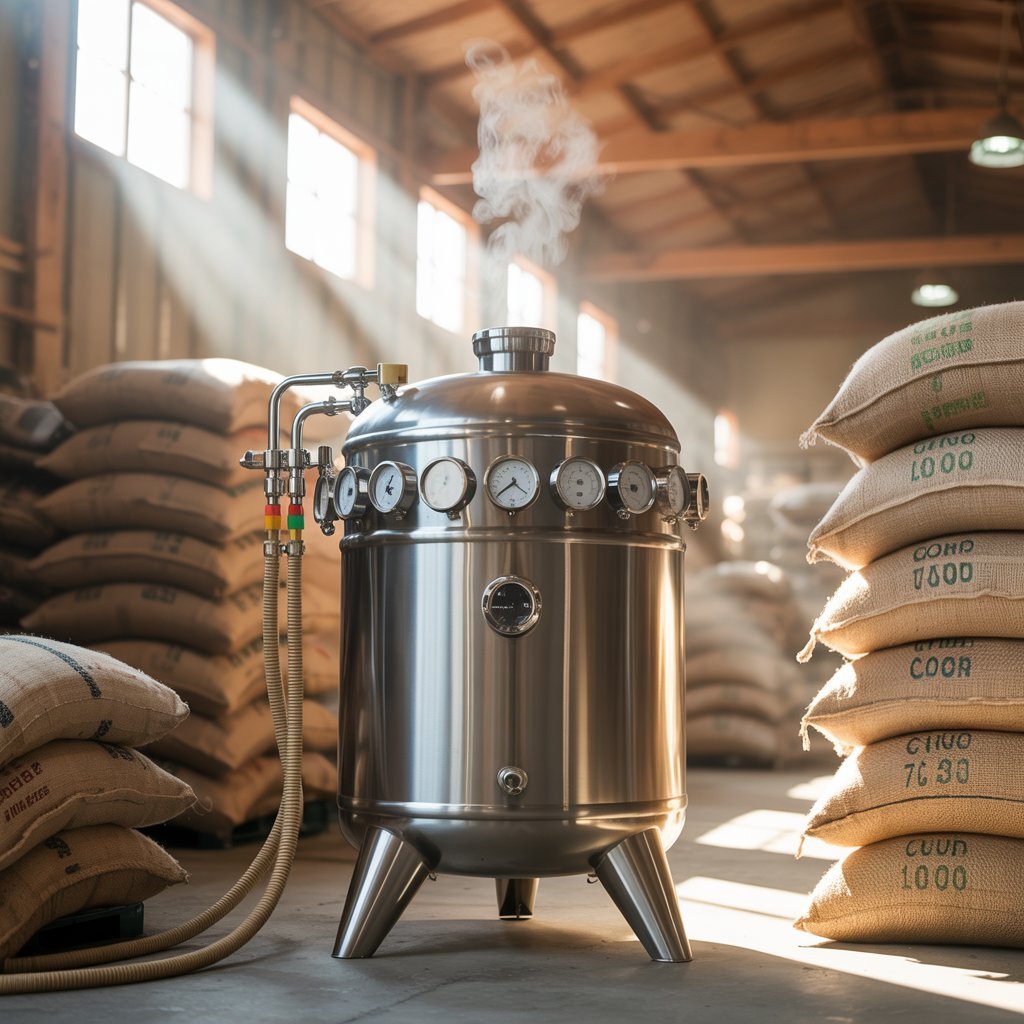The world of specialty coffee is in constant motion, always seeking new frontiers in flavor and quality. Among the most exciting and transformative innovations in recent years is anaerobic fermentation—a processing method that’s captivating producers, roasters, and coffee lovers alike. But what exactly is anaerobic fermentation, and why is it making such waves in the industry? Let’s dive deep into the science, the craft, and the impact of this revolutionary technique.
What Sets Anaerobic Fermentation Apart?
At its core, anaerobic fermentation in coffee means fermenting the beans in a sealed, oxygen-deprived environment. Unlike traditional “aerobic” fermentation, where coffee cherries or pulped beans are exposed to the open air, anaerobic fermentation takes place in airtight tanks or bags, often equipped with one-way valves to let carbon dioxide escape while keeping oxygen out. This environment dramatically changes which microbes thrive and how sugars and organic compounds are broken down, resulting in a whole new spectrum of flavors. While all fermentation is technically anaerobic at the cellular level, in coffee, the term refers to this deliberate, controlled exclusion of oxygen—a shift from relying on ambient conditions to intentionally crafting the coffee’s flavor profile.
The Science: How Oxygen Exclusion Changes Everything
When coffee is fermented without oxygen, the microbial cast changes. Lactic acid bacteria (LAB) and certain yeasts become the stars, breaking down sugars more slowly and producing lactic acid, alcohols, and esters that the beans absorb. This process not only prevents spoilage by aerobic bacteria but also creates a more complex and nuanced array of flavor precursors. The result? Coffees with pronounced fruit, wine, and creamy notes that have become the signature of well-executed anaerobic fermentations. Producers can further fine-tune the outcome by adjusting variables like temperature, pH, and fermentation time, achieving a level of control—and repeatability—that’s difficult with traditional open-air methods.
From Cherry to Cup: The Craft of Anaerobic Processing
Anaerobic fermentation isn’t a one-size-fits-all process. Producers make critical choices at every stage, from whether to ferment whole cherries (for more fruit-forward, intense flavors) or pulped beans (for cleaner, brighter profiles), to the type of tank or bag used. Temperature control, timing, and even the addition of starter cultures or co-fermentation with fruits and spices can all influence the final cup. After fermentation, careful drying is essential to lock in the unique flavors and prevent defects. The process is demanding—requiring investment, expertise, and constant monitoring—but the payoff is coffees that stand out in competitions and on café menus worldwide.
Microbial Magic and Flavor Revolution
What truly sets anaerobic fermentation apart is the dynamic microbial ecosystem it creates. Key players like Saccharomyces yeasts and LAB generate a symphony of organic acids, esters, and alcohols, each contributing to the coffee’s aroma, acidity, and body. The slower, more controlled breakdown of sugars leads to a richer palette of volatile compounds—think tropical fruit, berries, floral notes, and even creamy or yogurt-like textures. But with this complexity comes risk: without meticulous control, off-flavors or spoilage can occur. As a result, successful anaerobic coffees are a testament to both scientific rigor and artisanal skill.
Why Anaerobic Fermentation Matters for Coffee’s Future
Anaerobic fermentation is more than a trend—it’s a paradigm shift that’s redefining what’s possible in coffee. It empowers producers to become true flavor architects, differentiating their coffees in a crowded market and often commanding premium prices. For roasters and baristas, it offers a new world of sensory possibilities and storytelling. And for consumers, it means access to cups that are more vibrant, complex, and memorable than ever before. As research and technology continue to advance, and as producers experiment with new microbes, co-fermentation, and equipment, anaerobic fermentation is set to remain at the cutting edge of specialty coffee innovation.



